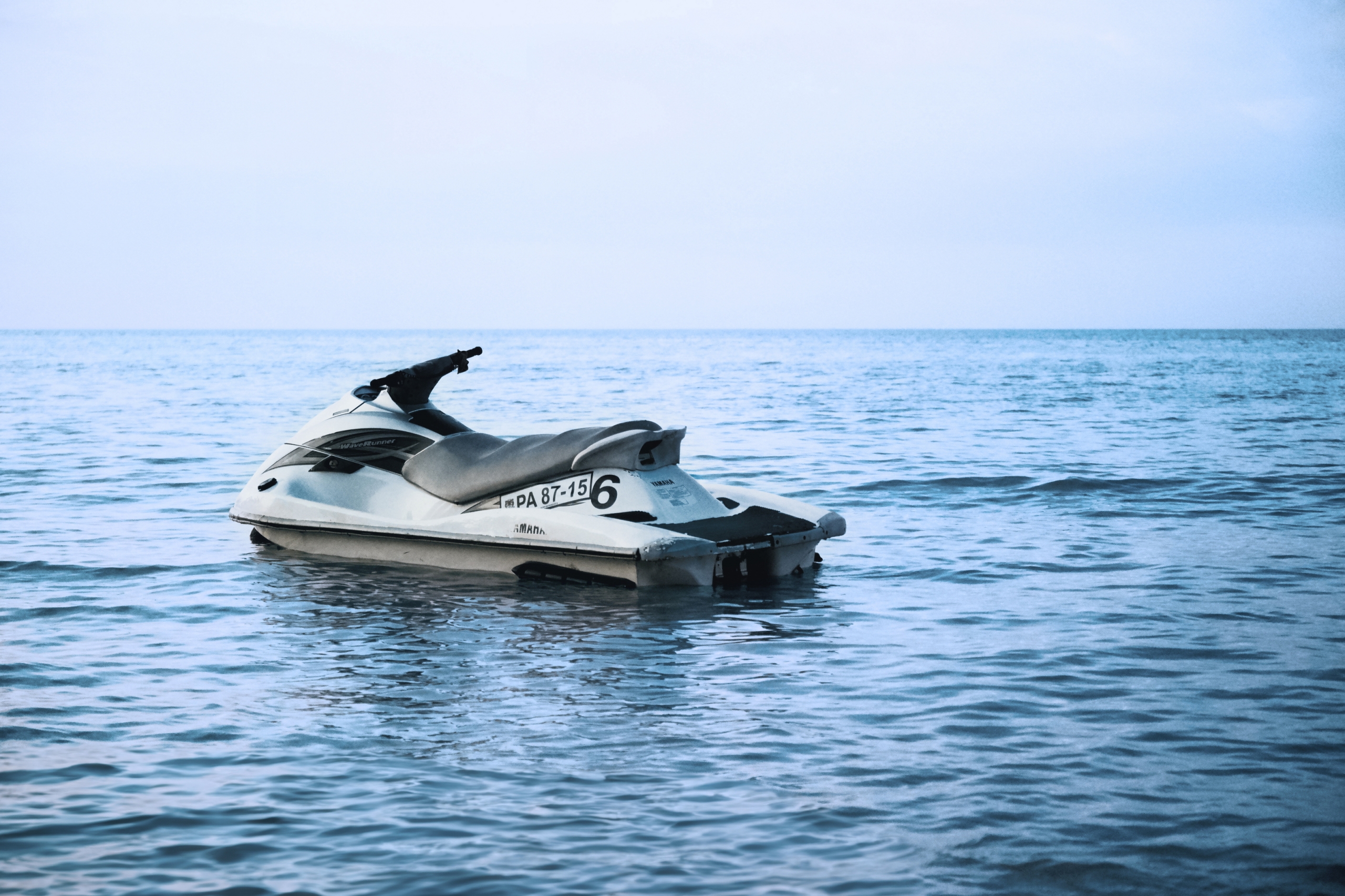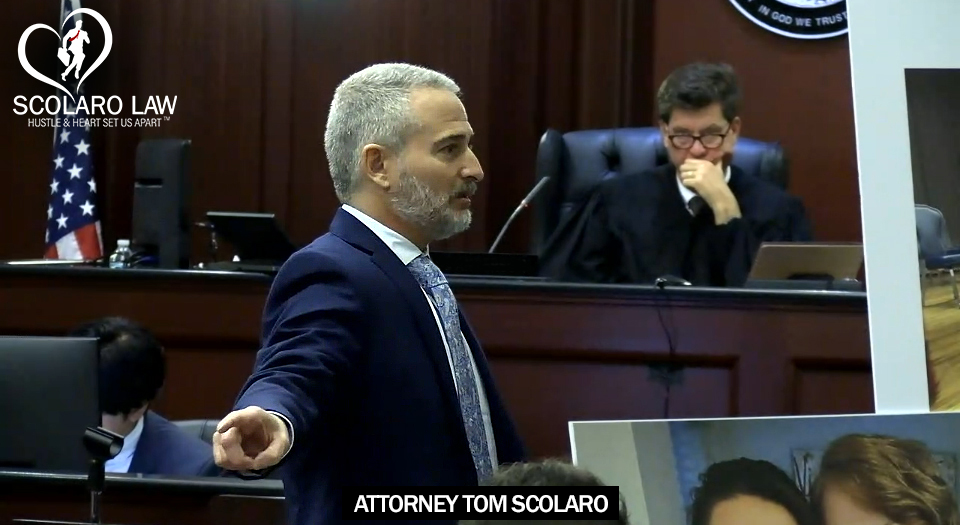
Get Started with a Free Consultation
If you were injured in an incident in Florida, contact us by filling out this form.
"*" indicates required fields
$2.9 Million Settlement Reached in Fatal Jet Ski Wrongful Death Case in Key West, Florida
June 6, 2024
Tragic Incident in Key West
Our client’s family trip to Key West turned tragic when a young woman from New Jersey, while riding a jet ski, was struck from behind by another jet ski. The collision was so violent that, despite attempts at cardiopulmonary resuscitation, she was pronounced dead after being transported to Lower Keys Medical Center, the local hospital in Key West.
Legal Battle and Settlement
The incident, captured on a GoPro camera, was litigated heavily against the jet ski rental company and the reckless operator for over a year. Ultimately, Key West Attorney Thomas Scolaro, Founder and Managing Partner of Scolaro Law, P.A., was able to secure a $2.9 million settlement on behalf of the family.
Violations of Florida Jet Ski Rental Laws
Litigation revealed that the rental company violated multiple Florida laws that mandate safety measures be followed. The Florida statutes regulating jet skis and their rental include specific provisions under Chapters 327 and 328. Among them, Section 327.54 mandates rental companies to provide proper safety equipment, pre-rental instruction, and a safety briefing to renters. It also requires rental companies to ensure that renters comply with the boating safety education requirements.
Importance of Safety Briefings
Safety briefings cover multiple areas that help renters familiarize themselves with the basic operation of jet skis, important safety protocols, and local regulations. As they are briefing renters, employees of the rental company must be vigilant to everyone paying attention and understanding the briefing to ensure their safety and the safety of others in the group.
Essential Components of a Safety Briefing
A typical safety briefing will cover the following areas:
- Basic Operation: Instructions on how to start, stop, and steer the jet ski.
- Safety Equipment: Explanation and demonstration of how to use safety equipment, such as life jackets and kill switches.
- Riding Rules: Keeping safe distances from other vessels.
- Boundaries and Speed Limits: Adherence to speed limits and designated riding areas.
- Environmental Awareness: Guidelines for protecting marine life and avoiding environmentally sensitive areas.
- Emergency Procedures: Steps to take in case of an emergency, such as capsizing or mechanical failure.
- Local Regulations: Specific local laws and regulations that must be followed.
Maintaining Safe Distances on a Jet Ski
When it comes to maintaining a safe distance on a jet ski, Florida law emphasizes the importance of avoiding collisions and ensuring the safety of all waterway users:
- General Safe Distance: Jet ski operators must maintain a safe distance from other vessels, people, and objects in the water to avoid collisions. Generally, a minimum of 50 feet from other vessels, docks, or the shore is recommended.
- Safe Distance from Other Jet Skis: When riding in a group, jet ski operators should keep a safe distance between each other to allow ample reaction time to avoid collisions. A rule of thumb is to keep at least 100 feet apart when traveling at higher speeds and 50 feet when at slower speeds or maneuvering.
- Wake Jumping and Reckless Operation: It is illegal to weave through congested traffic, jump the wake of another vessel unreasonably close to it, or follow within an unsafe distance, which the Florida statutes typically define as less than 300 feet behind another vessel towing a person on water skis, a surfboard, or other similar devices.
- No-Wake Zones: Jet ski operators must adhere to no-wake zones, which are areas where vessels must travel at idle speed to prevent creating a wake. This is especially important near marinas, bridges, and areas with heavy boat traffic or where people are swimming.
- Group Riding Safety: When riding with a group, it’s crucial to establish and communicate clear signals for stopping, slowing down, and turning. Group riders should stay in a line or staggered formation, never ride side by side at high speeds, and maintain visual contact with each other to ensure everyone’s safety.
Case Evidence Against the Rental Company
In our case, Tom Scolaro obtained damaging evidence that showed the rental company had not properly trained and instructed the reckless driver who caused the incident. The operator’s lack of training and lack of understanding prevented them from operating their jet ski in a reasonably safe manner within the speed limit and from taking proper evasive measures to avoid a deadly high-speed collision.
EXPERIMENTED KEY WEST JET SKI ACCIDENT ATTORNEY
If you or someone you know sustained bodily injuries in a jet ski incident, whether a collision with another jet ski, another vessel, an immovable object, a swimmer, etc., act now to make sure your rights are protected and to prevent any spoliation of evidence by any third-party. Contact Scolaro Law at (305) 424-4300 or by filling out our free case evaluation form on our website and allow us to evaluate your claim.

